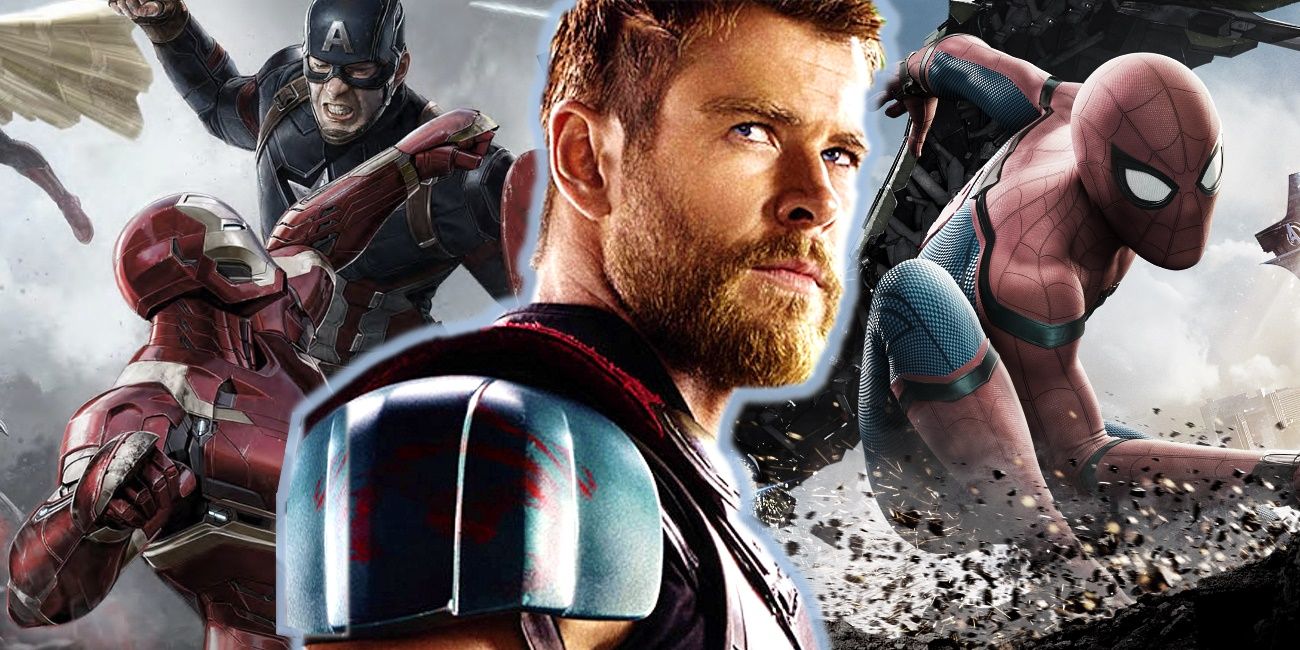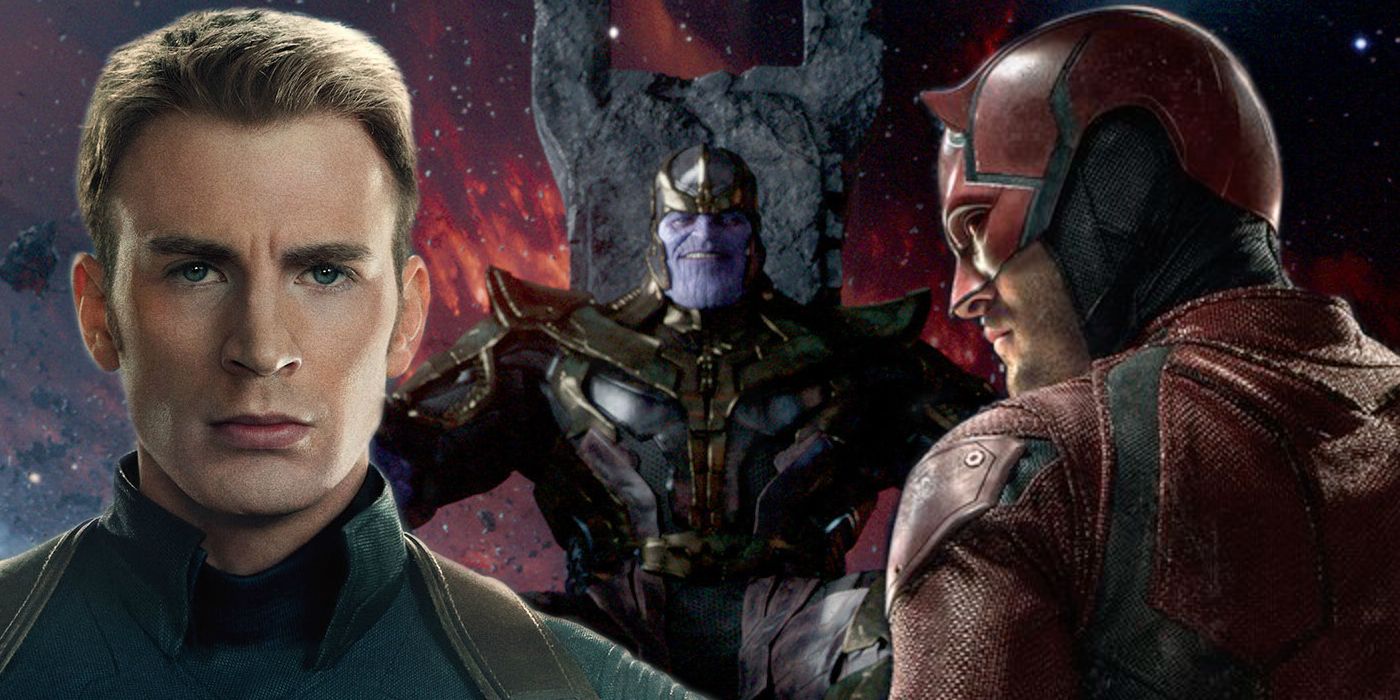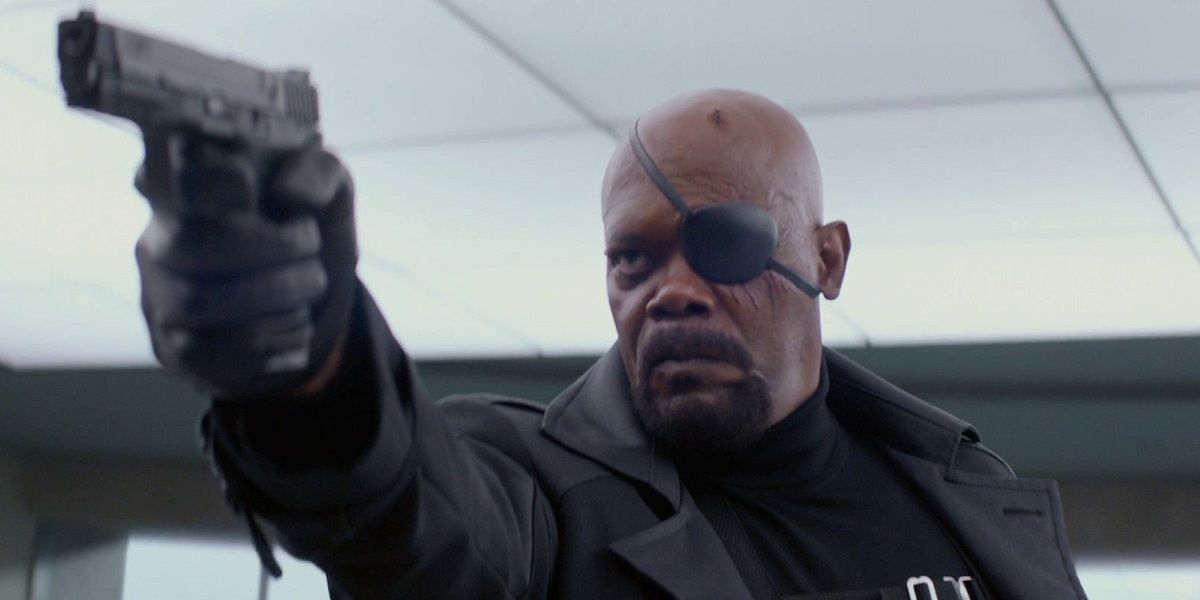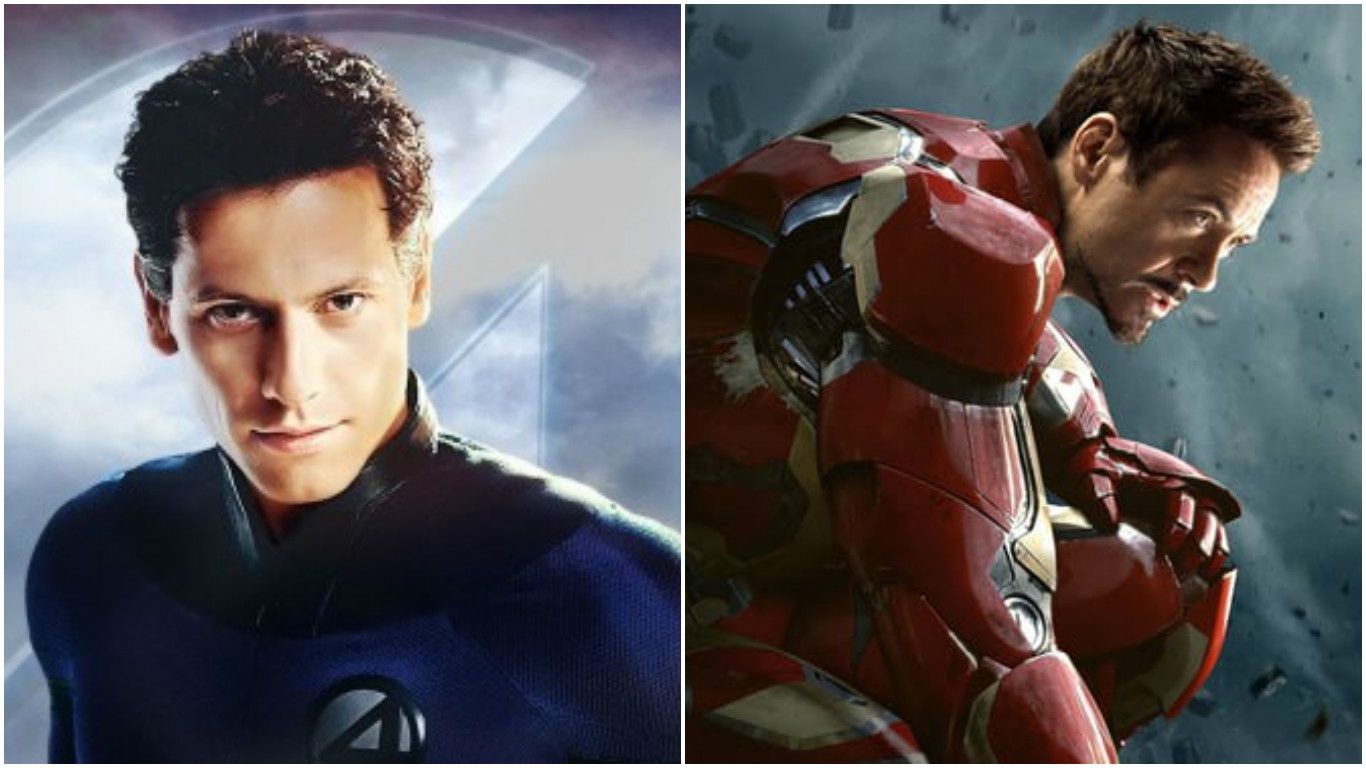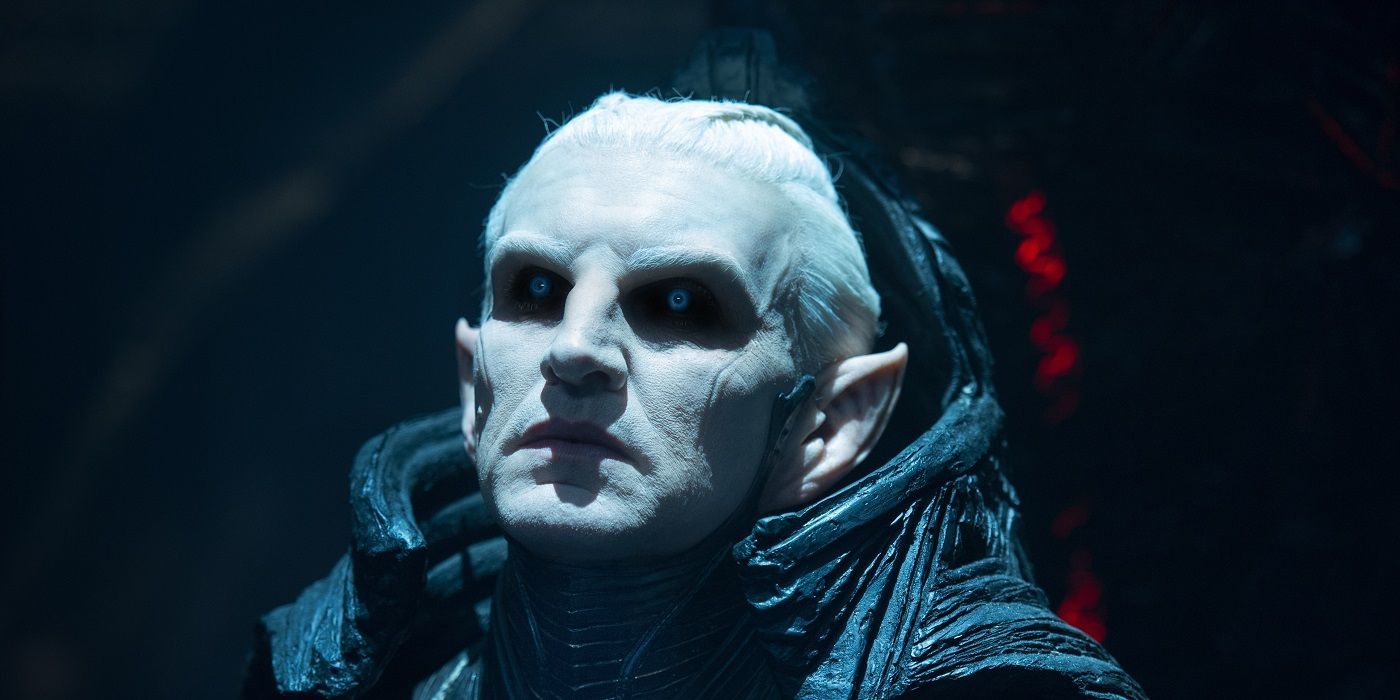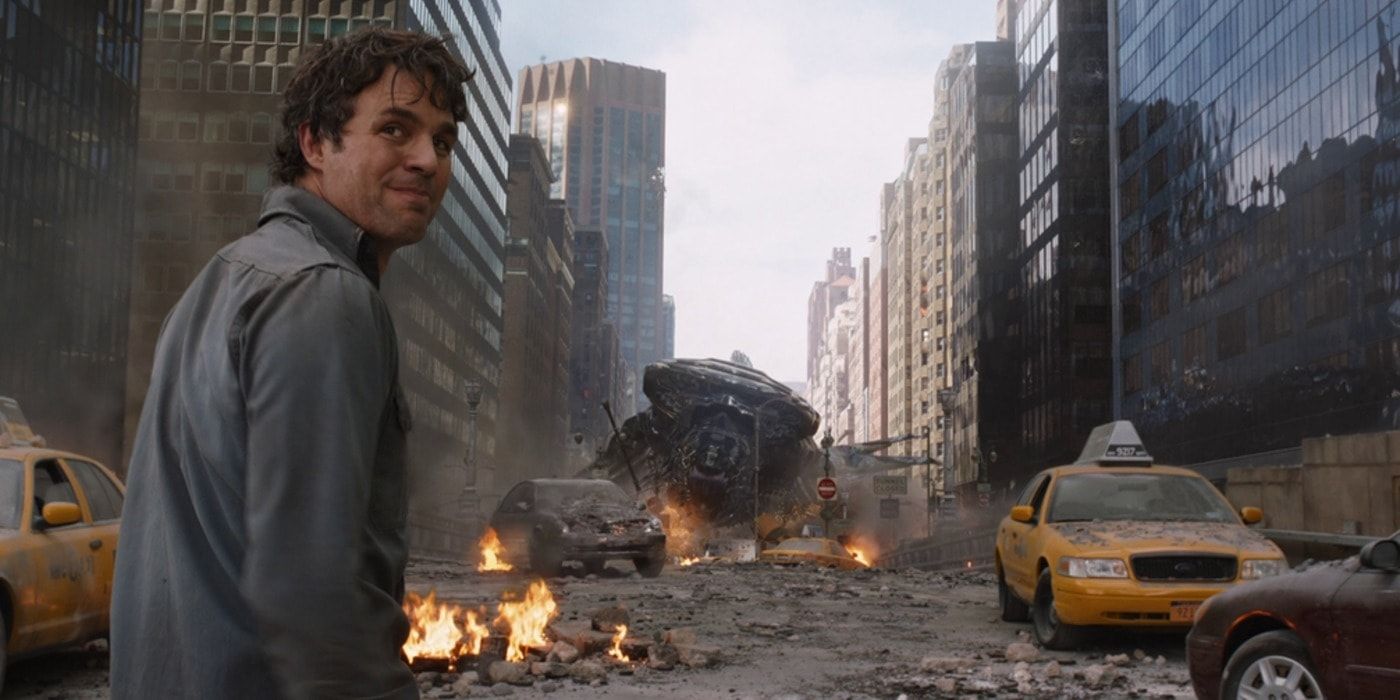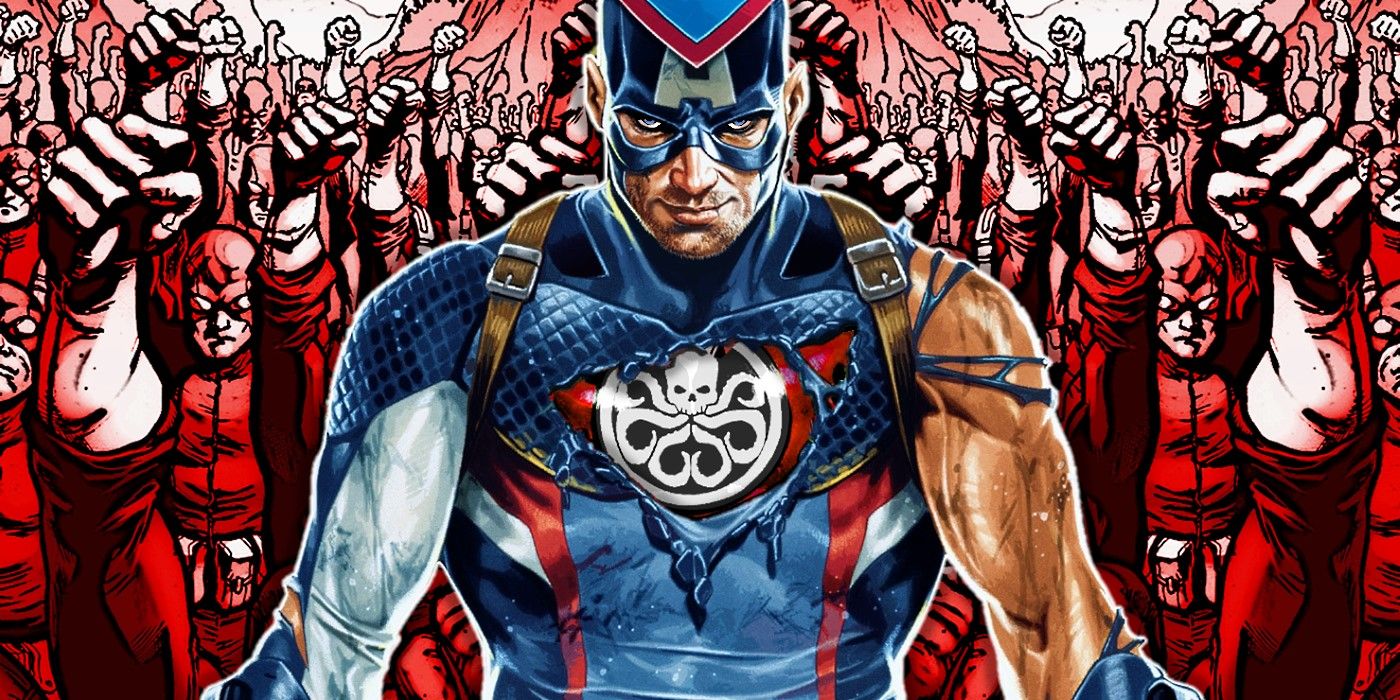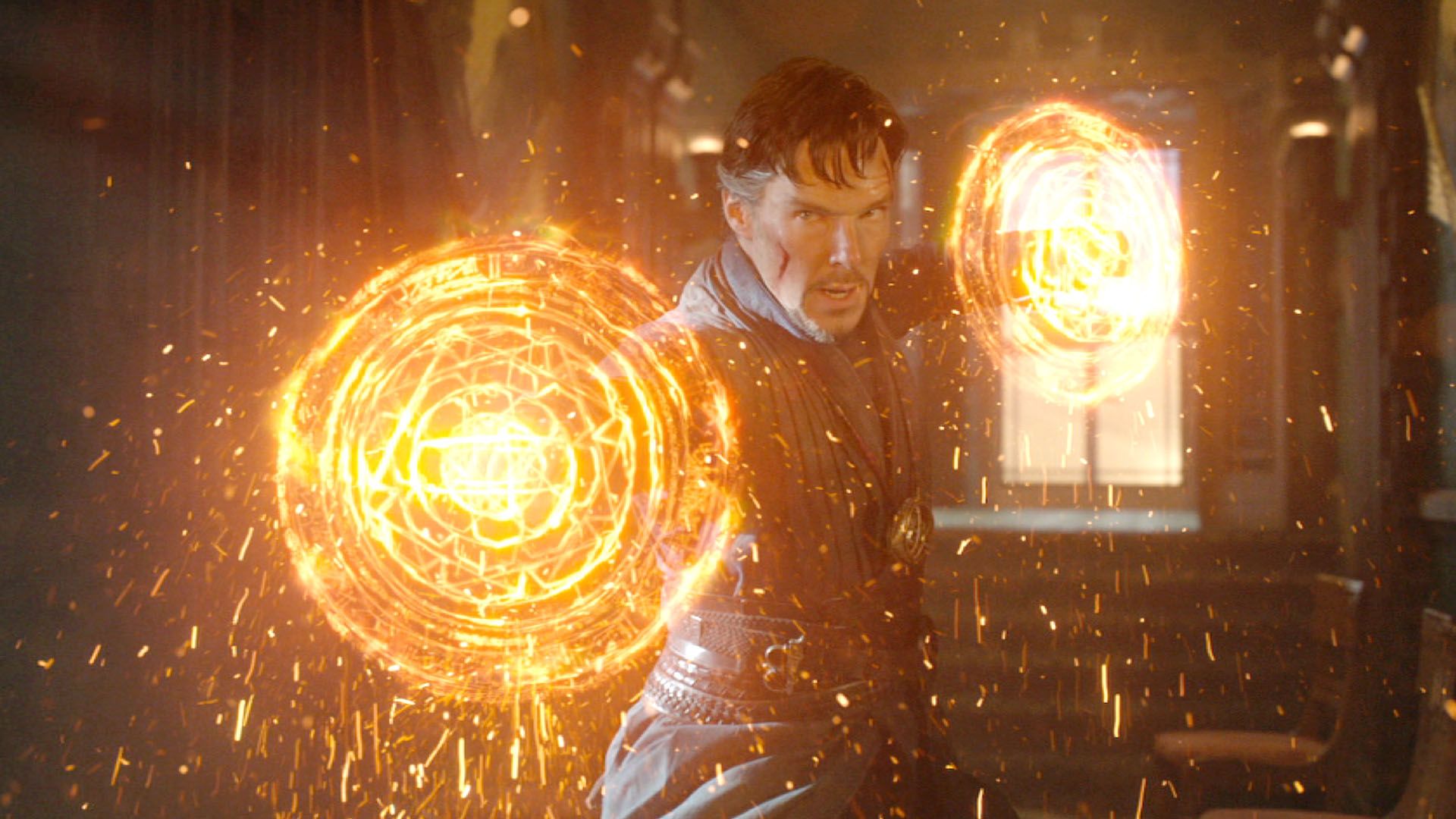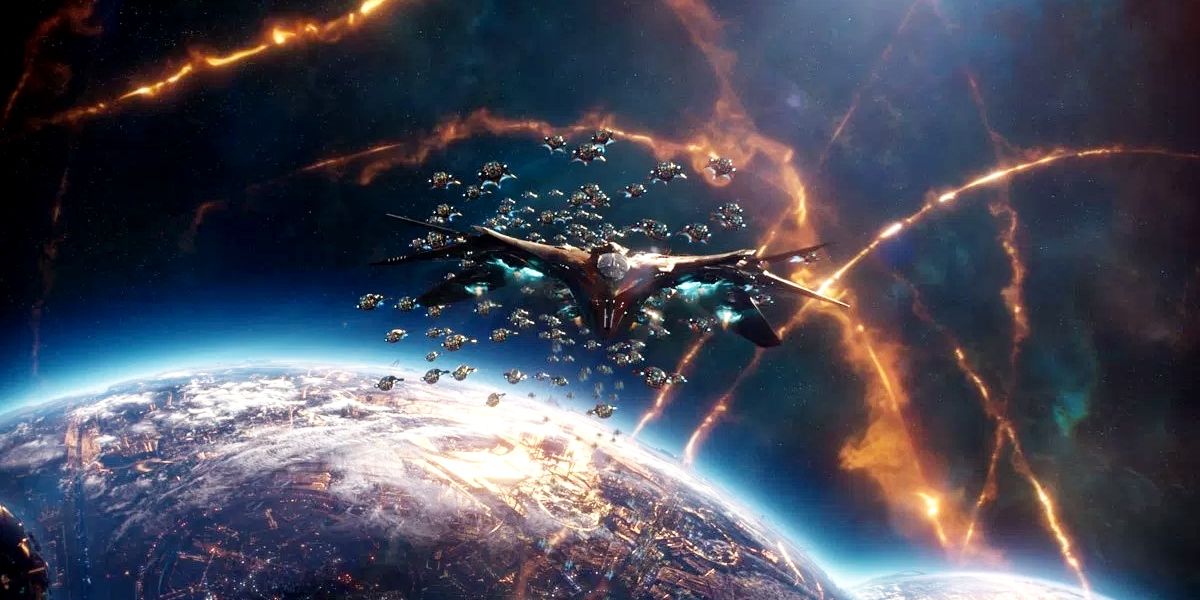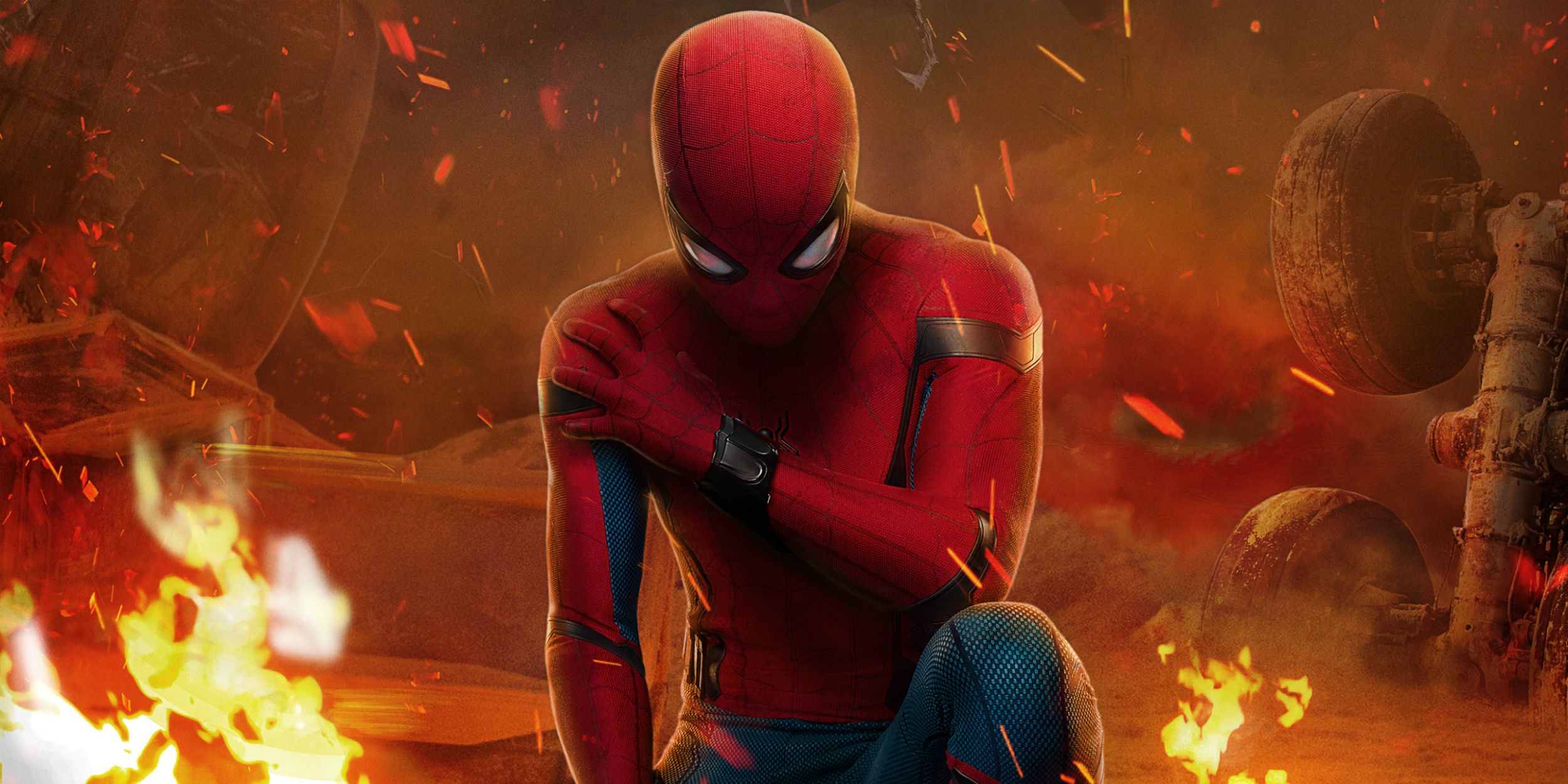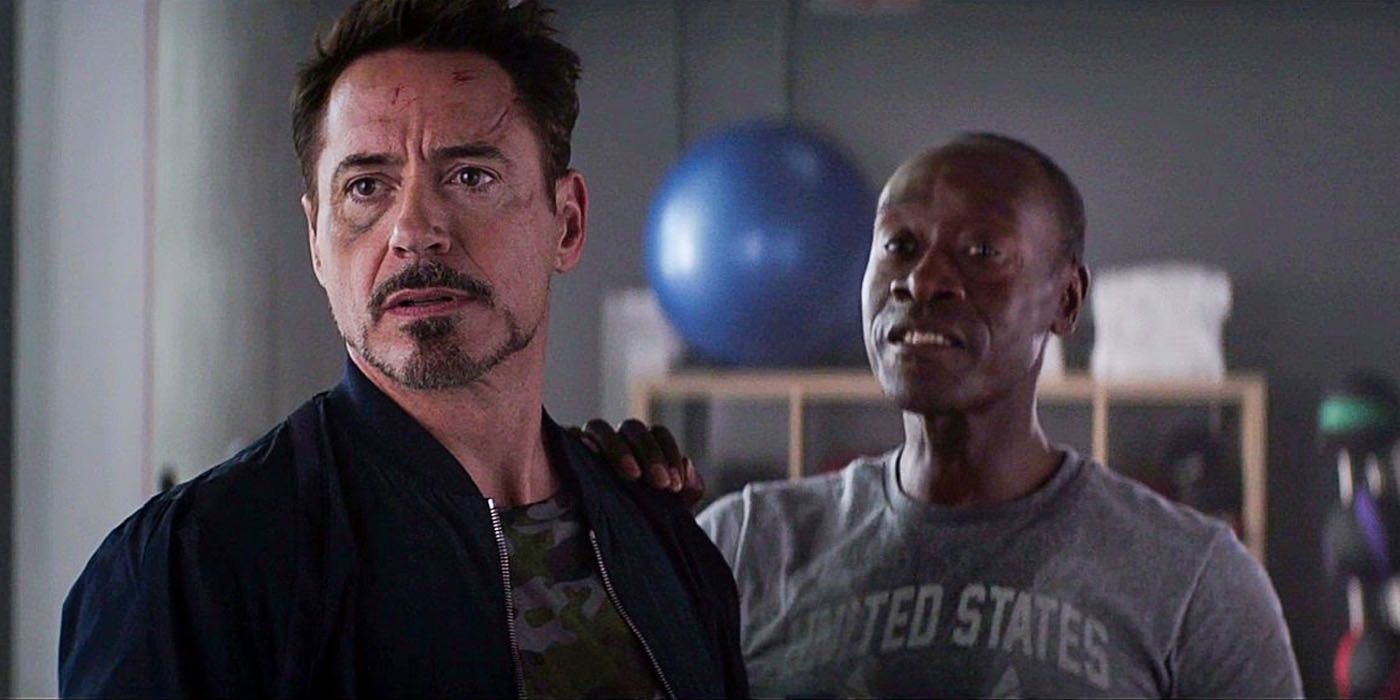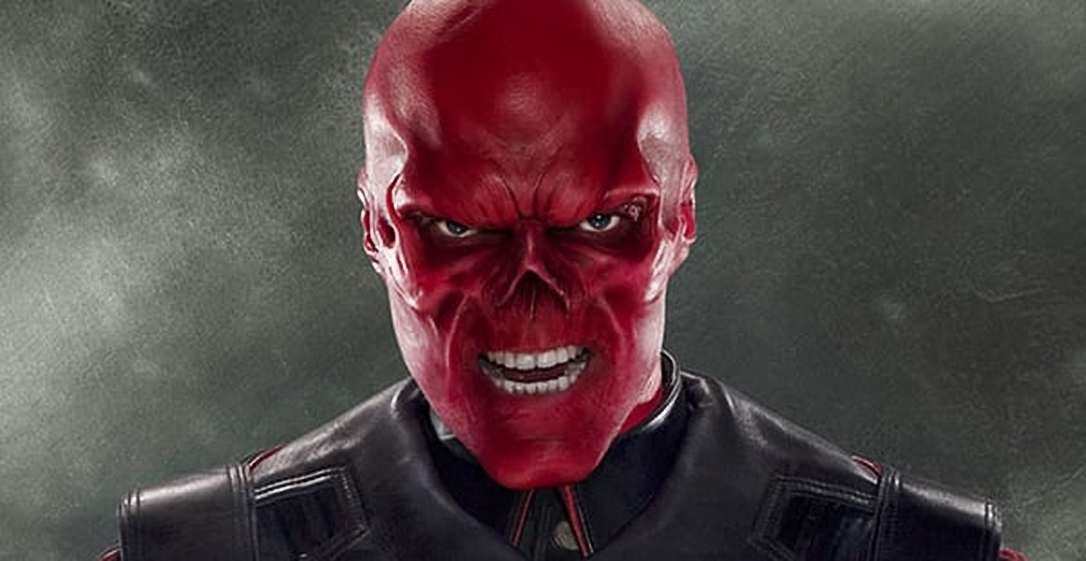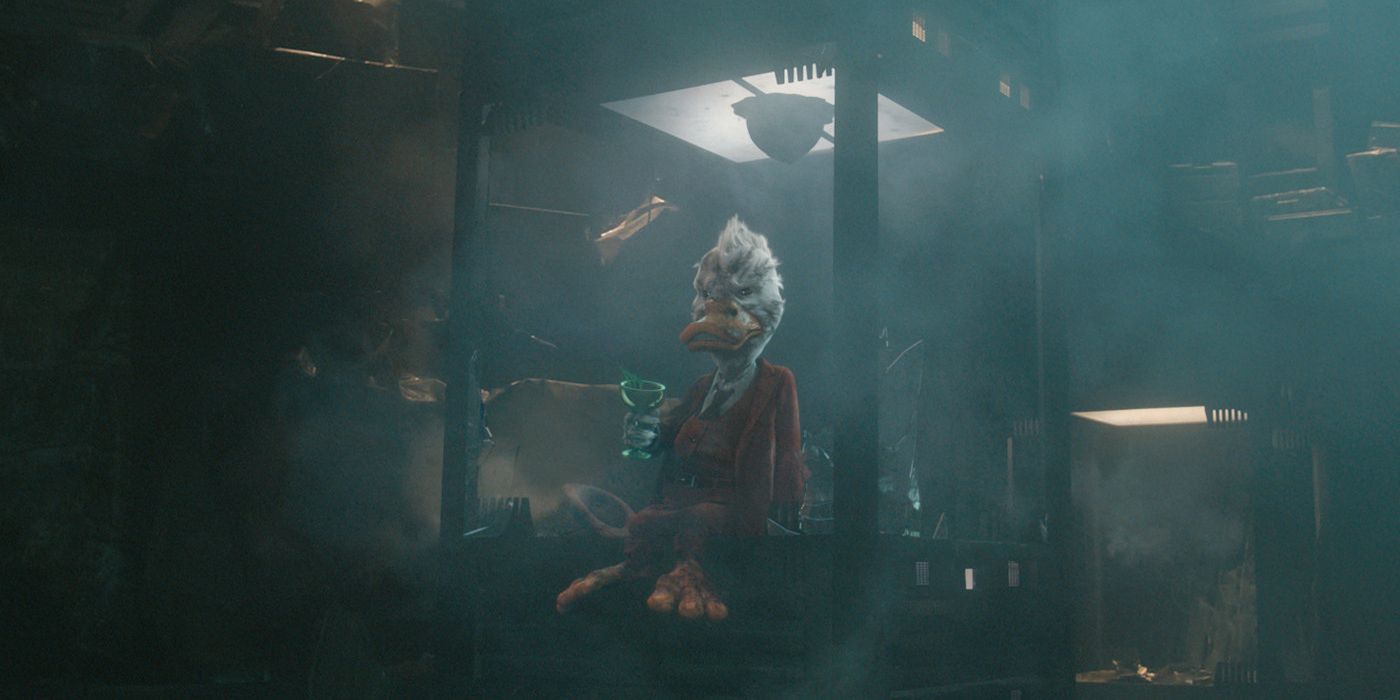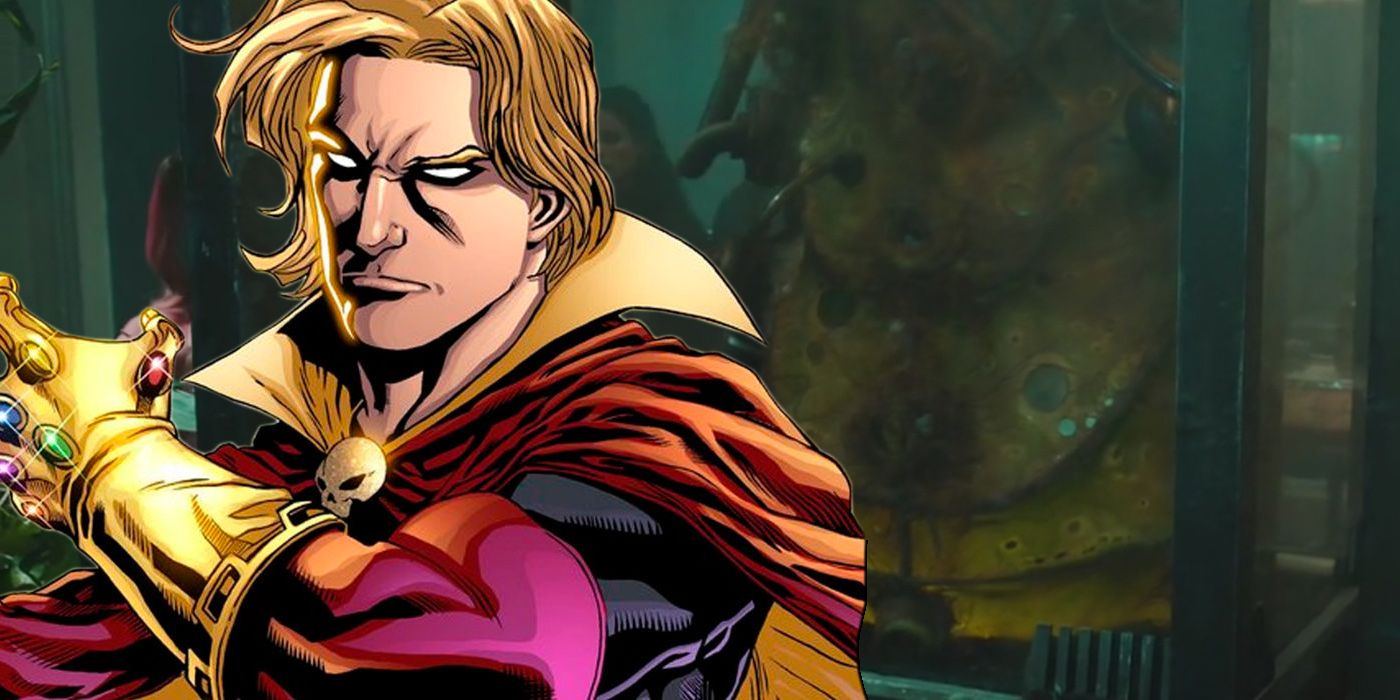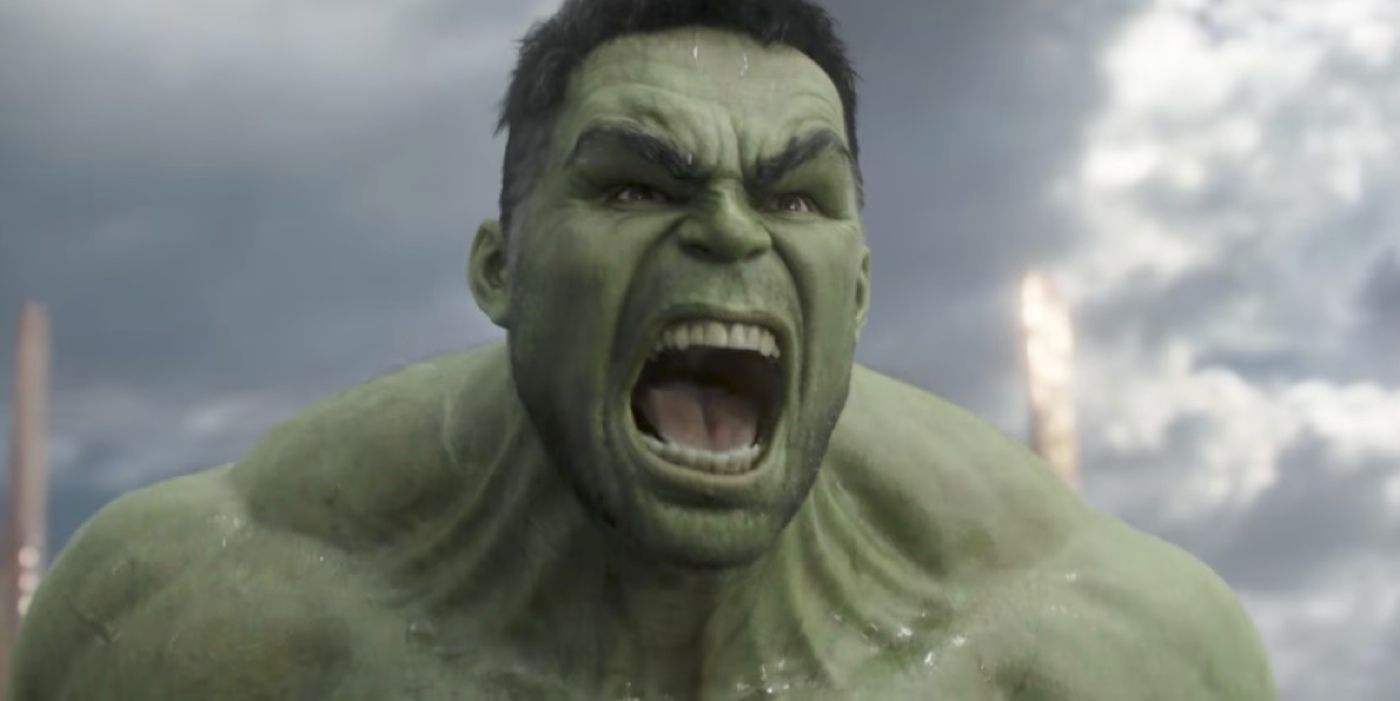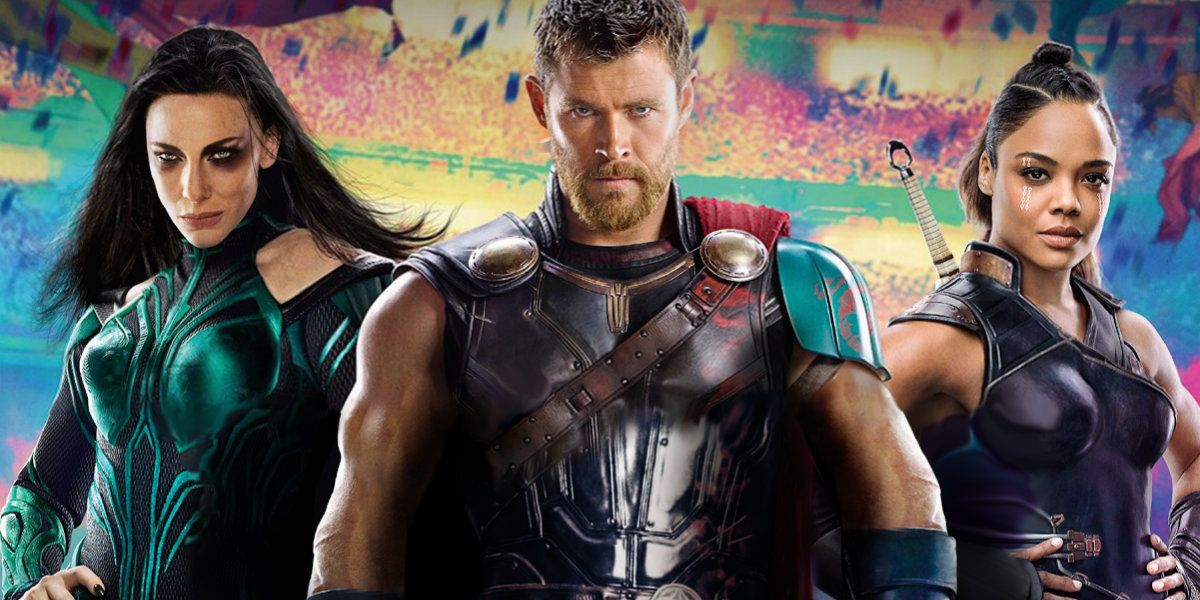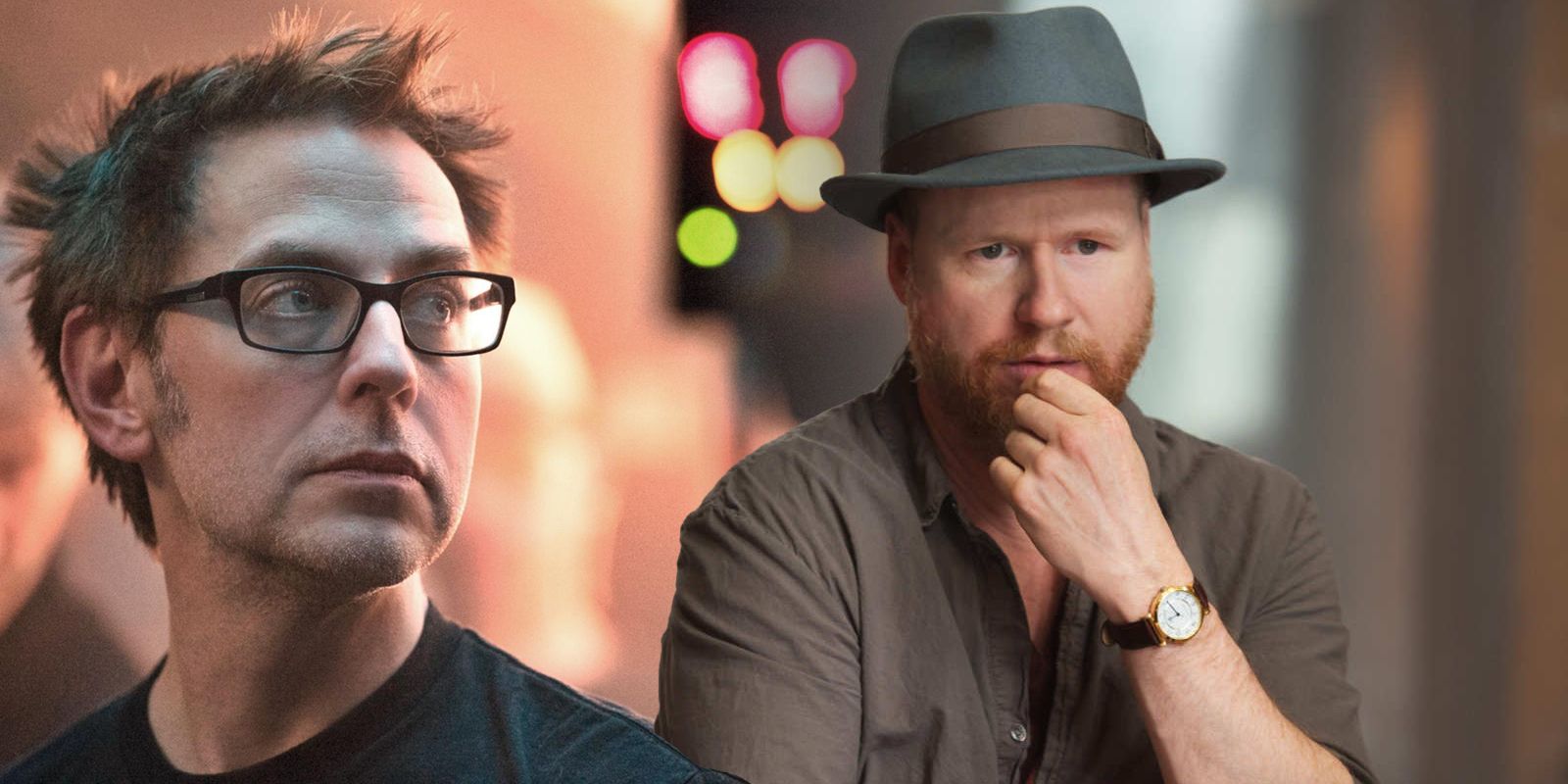Like every pop culture behemoth, the Marvel Cinematic Universe generates its fair share criticism. Plenty of people love the MCU and happily devour every new piece of it that gets delivered through movies, TV shows, and online streaming.
However, as this sprawling mega-franchise has grown in its reach and influence, the criticisms and negative comments have grown in volume to match.
The frustrating thing, as a fan, is that so many of these criticisms simply don’t ring true. There are many myths, misunderstandings, and misconceptions about the MCU, which get lobbed around the internet in a negative manner and bandied about as truth.
If you actually inspect the films themselves, though, it’s easy to find evidence that disproves these supposed flaws and flubs. Due to its immense size, the MCU is an easy target, but this list is all about defending it.
Of course, differing opinions and personal preferences are part and parcel of the online discourse. A world where everyone agreed that the MCU is wonderful would be a pretty boring one. However, the ideas you’re about to read are so far off the mark that they really need addressing.
Here are the 16 Things That Everyone Gets Wrong About The MCU.
16. No One Ever Stays Dead
Admittedly, a high number of characters have come back from the dead in the MCU. Phil Coulson, Nick Fury, Bucky Barnes, and Elektra all stand out as characters that everyone thought was dead, when actually they were brought back to serve story purposes not long after their apparent demises.
Loki, Pepper Potts, and Groot have also enjoyed big, final-seeming moments, before showing up again a few scenes later.
However, the idea that "no one" stays dead in the MCU is utterly untrue. Quicksilver was shot to pieces in Avengers: Age of Ultron. Peggy Carter died of old age in Captain America: Civil War.
Also, most recently, Yondu sacrificed himself to save his surrogate son in Guardians of the Galaxy Vol. 2. None of these characters have made magic comebacks.
15. Marvel Needs The Fantastic Four & The X-Men
Every now and then, a rumour pops up and suggests that Marvel is about to regain the rights to the Fantastic Four and X-Men franchise.
Certain segments of the fandom rejoice at this, believing the Marvel Cinematic Universe needs these characters and is somehow incomplete without them. This, however, just isn’t true.
The absence of the Fantastic Four hasn’t stopped the MCU from having genius scientists with cool abilities (Tony Stark and Bruce Banner). Additionally, the lack of X-Men and mutants in the MCU hasn’t hindered the introduction of manifold superpowered characters (Scarlett Witch, Luke Cage, and the Inhuman presence in Agents of S.H.I.E.L.D. and Inhumans).
There have also been plentiful team-based antics, with the Avengers, Defenders, Guardians, and Secret Warriors all getting their chances to shine.
Having the Fantastic Four and X-Men properties in the MCU would be nice for comic book completists, but Marvel is doing just fine without them.
14. The Villains All Suck, Except Loki
Here’s one of the most common criticisms of the MCU: the villains are all rubbish, with the exception of that cheeky chap Loki.
Indeed, the villains of the MCU are easy to insult, with Malekith and Ronan being particularly one-note and unmemorable. Also, so far, in all honesty, Thanos has been a bit boring as well.
However, there are plenty of good villains besides Loki in the MCU’s history: Zemo from Civil War was a brilliantly sinister master manipulator; Obadiah Stane was the perfect adversary for Tony Stark’s first big screen outing; and Ego from Guardians 2 really troubled Star-Lord on an emotional level.
Some MCU fans (not all of them, of course) would even defend Iron Man 3’s Mandarin material, a switcheroo that nobody saw coming, which turned the film on its head.
The MCU often does interesting things with its villains, so saying that Loki is the only decent one is a major oversimplification.
13. Bruce Banner Can Control The Hulk
People often misunderstand the Hulk in the MCU. Mark Ruffalo debuted in the role in The Avengers, and showcased an ability to summon the Hulk at his whim (because he’s “always angry”).
Some took this to mean that Ruffalo's Bruce is in control of the Hulk. However, that’s clearly false when you look at the films.
In Avengers, Bruce fails to keep the Hulk in check when the team winds him up, to the point that he nearly kills everyone on the Helicarrier.
Also, in Avengers 2, the Hulk is easily swayed by Scarlet Witch, with Bruce would never sign off on. In the trailers for Thor: Ragnarok, it’s clear that Bruce has little knowledge of what goes on while the Hulk is active.
Bruce can summon the Hulk whenever he wants, and maybe point him in the right direction, but he’s not in full control of the steering wheel, as it were.
12. The Timeline Is Ruined
The MCU isn’t without continuity errors. One of the biggest ones came in Spider-Man: Homecoming, which claimed that its events took place eight years after The Avengers, despite the fact that Avengers came out in 2012 and Homecoming came out in 2017.
Lots of discussions has spawned from this flub, with some particularly critical onlookers claiming that the timeline is ruined.
However, despite continuity errors like this, you can’t really say the MCU timeline is broken. It’s still clear to casual viewers which order the movies are meant to be watched in: it’s the order they were released.
In the stories of the films themselves, the exact number of years between adventures is rarely important to any of the characters.
It’s confusing for hardcore fans, yes, but it’s not the end of the world. The timeline doesn’t always make crystal clear sense if you look at it too closely, but the basic ordering is easy to keep up with-- Marvel releases a few movies every year, and you watch them in the order they come out. Easy.
11. HYDRA Are Nazis
In the process of writing about the Marvel Cinematic Universe, referring to HYDRA as Nazis is a nice easy shorthand. However, you could argue that lumping these two groups together isn’t strictly accurate.
HYDRA, within the MCU, were allied with the Nazis during World War II. Using Hitler’s budgets, they funded dark experiments and learned to master the Tesseract.
However, the Nazis were defeated and HYDRA lived on without them. HYDRA popped up again in Captain America: The Winter Soldier, having infiltrated S.H.I.E.L.D., and launched a new plan to kill prospective troublemakers using Project Insight.
However, this new strain of HYDRA wasn’t really a Nazi organization. They didn’t wear Swastikas or express anti-Semitic sentiments. They were just a generic evil group with a crazy new plan.
Admittedly, this one remains a point of contention: in Agents of S.H.I.E.L.D., Simmons claimed recently that all HYDRA agents are Nazis. But, to this writer, the truth isn’t that simple.
10. Doctor Strange Is The Sorcerer Supreme
"Sorcerer Supreme" is a mantle closely associated with Doctor Strange from the comics, and thus you find it a lot in articles written about the movie version of the character. However, to refer to Benedict Cumberbatch’s Stephen Strange using this title is currently inaccurate.
Tilda Swinton’s Ancient One, the previous holder of the mantle, does die in the Doctor Strange movie. However, the title is never formerly given to Stephen Strange, not even at the end of the film when he’s defeated Dormammu and saved the day. As such, fans have to assume that he doesn’t have the title yet.
Cumberbatch’s appearances in Thor: Ragnarok, Avengers: Infinity War and the presumably-going-to-happen-at-some-point Doctor Strange 2 could well change this.
However, at present, Stephen Strange is just another sorcerer. He isn’t the supreme one. (At the moment, you could argue that Benedict Wong’s Wong would be a better candidate for the role.)
9. The Color Palette Is Always The Same
If you go looking on YouTube, it won’t take long to find a video where someone claims that the Marvel Cinematic Universe movies all share a gray, washed-out color palette. However, this is an oversimplification, and sentiments like this don't do justice to the creative effort that goes into these movies.
Yes, some of the films are washed-out gray. However, these are normally the grittier films in the franchise, like the Russo brothers’ Bucky-centric double bill of The Winter Soldier and Civil War. That look suits those films, which are intended to be the more down-to-Earth chapters in the MCU saga.
In its less grounded movies, though, Marvel lets a lot more color in. Look at the first Thor film, for example, which had beautiful golden landscapes of Asgard as well as the white iciness of Jotunheim.
Look at the wacky alternate realms seen in Doctor Strange and Ant-Man, or Guardians of the Galaxy and its sequel, which James Gunn stuffed with heaps of color: from the characters to the ships to the locations. Gunn’s films look nothing like the Russos, which renders this criticism moot.
8. The Scores Aren't Memorable
There are plenty of places online where people have criticised the musical scores of the Marvel Cinematic Universe.
The music is never memorable, they say, pointing fingers at lazy writing and overly speedy production schedules. And, admittedly, there are sometimes Marvel movie scores that don’t last long in the memory.
However, this isn’t always the case, which is worth pointing out. Alan Silvestri’s Avengers theme had a very memorable central motif, which is instantly recognizable when it shows up in other movies (like it did in Spider-Man: Homecoming recently).
Also, more recently, Michael Giacchino did fine work bringing zanier sounds to Doctor Strange and elements of the classic Spidey theme tune to Homecoming. Tyler Bates always brings unique flourishes to his Guardians scores, too.
Could Marvel do more to differentiate its scores? Sure, but let’s not forget the great work that composers have done on some of the MCU films already.
7. Iron Man Is The Villain In Civil War
Around the time of Captain America: Civil War, Robert Downey Jr was asked a lot about what it was like to play Tony Stark as the villain for a change. However, questions like this were somewhat reductive, taking away from the central perspective-base through-line of the movie: who’s side are you on?
Sure, Iron Man was at odds with the title character, Captain America, in this movie, but that doesn’t mean he was the villain. His past mistakes gave Tony a clear motive for siding with the government this time around: to stop more people from getting hurt because of sloppy, unrestricted vigilantism. Fair play to him.
Chris Evans’ Steve Rogers had equally relatable reasons for not signing the Sokovia Accords. Due to his wholesome nature, Cap was worried about his pal Bucky, and concerned that the United Nations would restrict his ability to help people.
Both sides had valid arguments, and neither of these characters were villains. That was the point.
6. We’ve Seen The Last Of Red Skull
When discussing MCU villains that shouldn’t have been killed off, people often suggest that the Marvel head honchos got rid of Red Skull too soon.
However, if you go back and look at what actually happened in Captain America: The First Avenger, it’s clear that The Red Skull could mount a return in a future movie.
The Red Skull was last seen being sucked into the Tesseract: an Infinity Stone of huge importance to the on-going narrative of the MCU. Why would that mean his story is finished?
The Tesseract has been seen to power portals before, so it’s entirely possible that The Red Skull popped out somewhere else in the galaxy utterly unscathed. Perhaps he met up with another colorful big bad.
Admittedly, Hugo Weaving has spoken rather negatively about the prospect of returning to the MCU, so the powers-that-be might need to recast if they are plotting something like this.
This wouldn’t matter much for a character caked in this much makeup, though.
5. It’s Easter Egg And Cameo Overkill
Some people think that the Marvel Cinematic Universe has become bogged down in pleasing the fans with an endless parade of Easter eggs and cameos. These critics claim that all of these references and nods make it difficult for new viewers to enjoy MCU movies. However, this is another oversimplification.
Sometimes, yes, the connective tissue between MCU movies gets a little overbearing. Arguably, the most distracting cameo appeared in Ant-Man, when Paul Rudd’s Scott Lang had to take a break from his mission to battle Anthony Mackie’s Falcon.
However, even then, if you knew nothing about the wider MCU, this scene would still make sense. It’s made clear that Scott has accidentally landed at a secure facility, and that this guy is guarding it.
Often, cameos and references just feel like fun background details. Take, for example, Howard the Duck and Cosmo the Spacedog, both of whom showed up in Guardians of the Galaxy.
For comics fans, these were fun little references. For everyone else, these weird creatures served as humorous proof that The Collector owns some very odd things. The best Easter eggs work like this, on multiple levels, to please everyone. So what’s the problem?
4. Adam Warlock Is In Guardians 1, And He’ll Be In Infinity War
This was a hot rumor for a while, so it’s understandable that people still believe it, but it’s worth pointing this out: the Collector's cocoon, glimpsed in a case in Thor: The Dark World's credits scene, did not contain the space-faring superhero Adam Warlock.
Guardians of the Galaxy Vol. 2 introduced a more advanced type of cocoon, and clearly established that Adam is inside that one.
Writer-director James Gunn clarified in a Tweet that the first cocoon fans saw was, in fact, an earlier form of Sovereign birthing technology, unrelated to Adam.
Also, given Adam Warlock’s importance in the Infinity Gauntlet comics, many believe that the character will show up in the Avengers: Infinity War movie. However, Gunn has shot down that idea too, saying, “Adam Warlock will not be in Infinity War.”
3. Marvel Doesn’t Want To Make A Hulk Movie
For years, fans have clamored for another standalone Hulk movie set within the MCU. Edward Norton’s The Incredible Hulk was okay, but now that Mark Ruffalo is in the role, surely he deserves a shot?
There’s still a misconception going around that Marvel has avoided making more Hulk movies because they basically don’t want to.
However, the truth of the matter is actually bogged down in legal stuff. Universal distributed the Norton-starring film, and retain a stake in the character’s solo franchise.
Universal doesn’t want to part ways with this lucrative piece of superhero real estate. But Marvel Studios doesn’t need Universal’s help with distribution now that the MCU is so massive.
Marvel can’t make a Hulk movie without letting Universal distribute it, which would mean sharing the profits. Marvel doesn’t want to do that, and Universal has no interest in giving up its chunk of the Hulk solo franchise.
Until one of those studios budges, fans will have to make do with Hulk popping up in Avengers films and other random things like Thor: Ragnarok.
2. Thor: Ragnarok Is A Guardians Ripoff
People see the colorful and comedic Thor: Ragnarok trailer, hear a recognizable song in the background, and assume that the film is a rip-off of Guardians of the Galaxy.
However, that idea ignores the fact that James Gunn (Guardians) and Taika Waititi (Ragnarok) are completely different filmmakers with their own unique sensibilities. They’re both funny, and love sci-fi spectacle, but they won’t make exactly the same sort of film.
It’s also worth noting that the stories are completely different. The Guardians films are about Peter Quill bringing together a band of misfits and working through his parental issues through teamwork and cool fights.
Ragnarok, on the other hand, is about Thor losing his hammer, fighting his way off a gladiator planet, and trying to avert the destruction of Asgard. They’re both set in space and feature Marvel heroes fighting big villains, but the similarities end there.
It is obvious that Thor has been given an injection of fun, but that doesn’t mean this film is copying the Guardians franchise. People have always enjoyed the lighter side of Thor’s antics, and now Marvel is doubling down on that.
1. The Directors Have No Control
One of the biggest criticisms of the MCU is the suggestion that the filmmakers have no creative control -- they’re only brought on board to deliver the latest homogenous product that Kevin Feige wants.
It’s easy to see where ideas like this stem from, with Joss Whedon clashing with Marvel on Age of Ultron and Edgar Wright stepping away from Ant-Man over creative differences.
However, to say that MCU filmmakers don’t have creative input is simply not true. Both of Whedon’s Avengers were dripping with his inimitable wisecracking sarcasm.
Shane Black brought his caper-at-Christmas trademarks to Iron Man 3. The Russos put their gritty stamp on Cap’s two sequels. Also, James Gunn had a huge amount of control over both Guardians films, shaping everything from the intimate central stories to the vibrant visual landscapes.
Working with Marvel is a collaborative process, and many filmmakers manage to bend the MCU to suit their own style. Sometimes, it doesn’t work out, and the studio’s vision can’t be made to mesh with the director’s one.
However, this doesn’t mean that you can’t have creative control – to some degree – on an MCU movie. That’s just another misconception.
---
Can you think of any other facts about the Marvel Cinematic Universe that fans always get wrong? Sound off in the comments!

